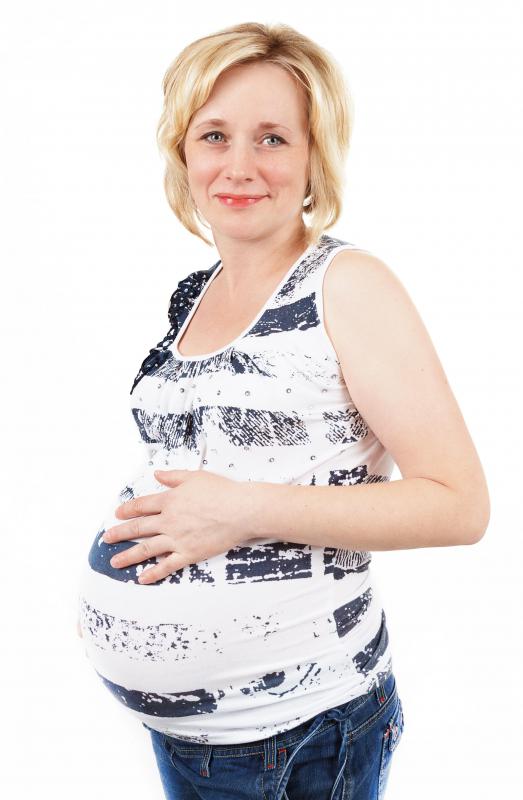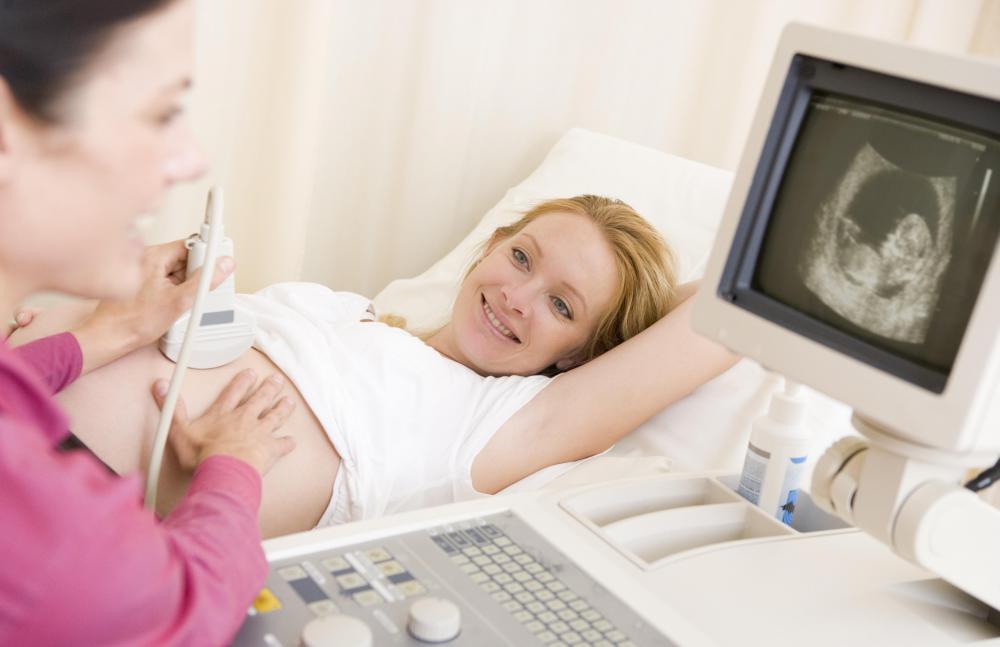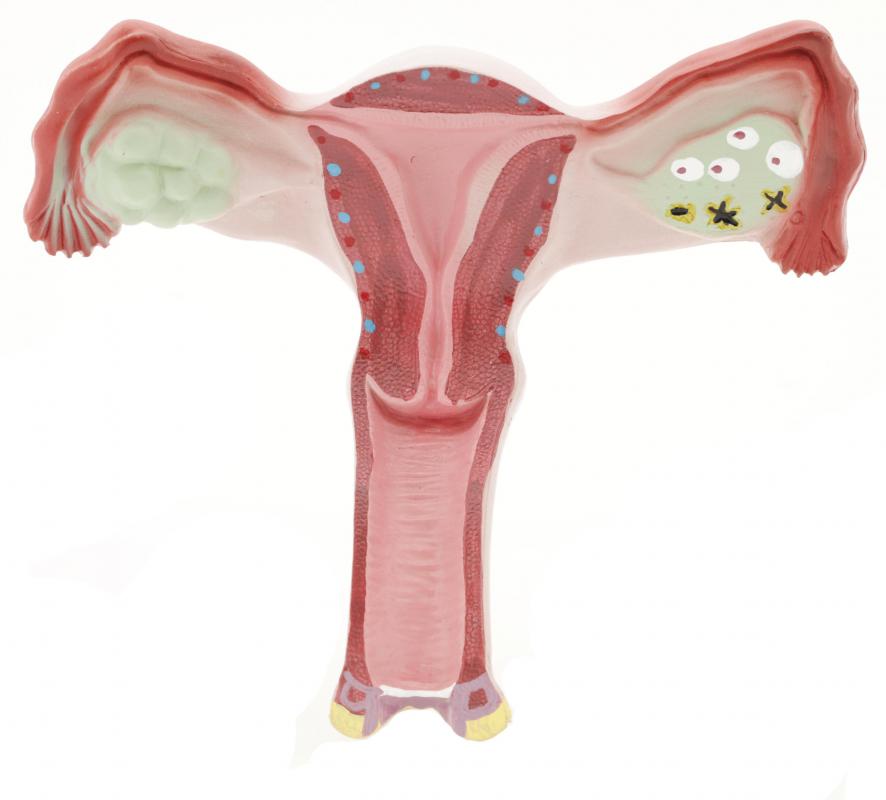At PracticalAdultInsights, we're committed to delivering accurate, trustworthy information. Our expert-authored content is rigorously fact-checked and sourced from credible authorities. Discover how we uphold the highest standards in providing you with reliable knowledge.
What Is an Intrauterine Pregnancy?
An intrauterine pregnancy is a pregnancy that happens inside of the womb. The fertilized egg implants itself on the interior wall of the uterus. This condition may be referred to as a normal pregnancy. If the egg implants itself anywhere outside of the womb, as in the fallopian tube or elsewhere, it is called an ectopic pregnancy. The gestation of the fetus in an intrauterine pregnancy typically takes from 38 to 42 weeks, with an average of 40 weeks.
Although pregnancy is different from one woman to the next, the first signs of pregnancy may include a missed menstrual period, breast tenderness, nausea, vomiting, or fatigue. An ultrasound test usually can confirm an intrauterine pregnancy and determine how far along the pregnancy has progressed. The pregnancy is divided into three trimesters — the first is from conception to 12 weeks, the second from 13 to 28 weeks, and the third from 29 weeks until birth.

After the fertilized egg is implanted in the uterine wall, a placenta develops from the endometrium — the mucous membrane lining the uterus. This placental sac is attached to the embryo by an umbilical cord, brings nourishment from the mother, and carries away waste products from the embryo. Once the second trimester is reached, the embryo is typically referred to as a fetus.

Throughout an intrauterine pregnancy, a woman’s body goes through many changes. For instance, hormonal production and balances shift — typically, more estrogen is produced during one pregnancy than during a woman’s entire non-pregnant life. During the second trimester, the mother’s heart needs to pump more blood to provide for the fetus. As a result, the mother’s heart works 30 to 50 percent harder, and by the end of the pregnancy, the fetus is receiving about one-fifth of the total blood supply. Often, a woman’s internal organs shift to accommodate the ever-growing uterus as it takes up more space within the body cavity.

Each change in the mother and fetus combine to prepare them for the eventual birthing process. During a vaginal birth, a woman’s cervix, or entrance to the birth canal, enlarges. The fetus typically changes position, with the head toward the birth canal, and the uterine muscle contracts and relaxes, thereby pushing the baby toward the canal and out. When a Cesarean delivery is performed, an incision is made into the woman’s abdomen and the baby is lifted out of the body. In both cases, the umbilical cord is cut and the placenta is removed from the mother.

Working with a professional online pregnancy nutritionist is vital when dealing with pregnancy complications such as intrauterine pregnancy. Nutrition is one of the most critical factors in growing and nurturing a healthy baby. Therefore, you should take control of your baby's health even before birth and find a good pregnancy nutritionist. They can help you learn how to provide the proper nutrition to promote a healthy pregnancy and, more importantly, a healthy baby after you give birth.
AS FEATURED ON:
AS FEATURED ON:















Discussion Comments
@MrsWinslow - Here's wishing you a nice, healthy singleton intrauterine pregnancy and healthy baby!
A person with an ectopic pregnancy will often have normal pregnancy symptoms. She'll miss her period and have a positive pregnancy test, her breasts will be sore, etc. Now, a normal intrauterine pregnancy can cause some cramping and spotting early on, but the cramping should be fairly light and even (and you should call your doctor or midwife just to be safe anyway). A tubal pregnancy will be on one side or the other, so there may be pain or cramping on just one side.
The best thing you can do to protect yourself is just be aware of your body. Read up on Fertility Awareness--it will help you time intercourse and know exactly when to take a pregnancy test. And once you conceive, trust your instincts. If something feels wrong, call your doctor or midwife. If it's the middle of the night, go to the ER and get checked out. Don't worry about them laughing at you or thinking you're just a nervous first-time mom! Put your health first (closely followed by baby's health).
I'm terrified of ectopic pregnancy because a friend of mine had a tubal pregnancy that ruptured and she almost died from blood loss. She didn't even know she was pregnant! I'm actually trying to conceive. What should I look out for?
Post your comments